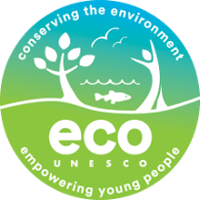What?
This part time programme is designed to lead to a Minor FETAC award level 6 where the learner is equipped with the knowledge, skill and competence to assist in management of the natural environment. The learner will also be supported in developing their skills in critical thinking, problem solving, performing various qualitative and quantitative habitat studies and action planning. Practical skills applicable to every-day situations such as maintain a safe working environment will be covered. Current issues in biodiversity, biological conservation and habitat protection will be discussed including Irish, EU and International directives, protocols and policies; the role of IUCN, UNESCO, zoos, aquaria, botanic gardens, seed banks and NGO’s in conservation biology.
Objectives
By the end of the training participants will be able to :
- Review policy framework for environmental and biodiversity protection in Ireland including International Union for Conservation of Nature (IUCN) designations for species, site designations, codes of good practice for fertiliser use, pesticides, tree establishment and felling, landscape and heritage protection, European Union (EU) and national legislation including water protection legislation, water framework directive, nitrate directive, wildlife act and habitats directive
- Appraise the role of statutory and voluntary organisations in environmental protection
- Examine techniques available for the management of sites to promote biodiversity
- Evaluate factors influencing population dynamics and community composition including relevant tools and techniques for monitoring populations and communities
- Examine habitat restoration techniques including consideration of impact of everyday work practices on the natural environment
- Report on a range of environmental features such as: vegetation survey, Braun-Blanquet scale, quadrats and linear survey elements, hedgerow assessment including structure, species composition, connectivity, diversity and associated features, water quality assessment to include invertebrate biodiversity, Q values and chemical indicators such as pH or P, epiflora of walls, colonisation of waste ground, succession on disturbed ground
- Apply practical techniques for the recognition of semi natural habitats and habitat features in the field to include blanket bogs, woodland types, coastal habitats to include fixed dunes, dune slack, salt march and semi natural grassland
- Identify invasive species of plant and pest
- Devise a management plan to control an invasive species
- Ensure implementation of procedures to create and maintain a safe working environment including safety standards regarding lifting, carrying and handling plants, tools and equipment.


